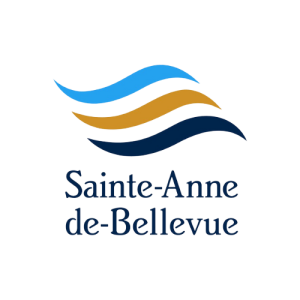Meaning
GOLD:
This metal is used in combination with silver and steel. It is the symbol of sunlight, loyalty, generosity and glory. Etched, this metal is represented by a dotted line.
CROSS:
The cross was once an instrument of torture consisting of two pieces of wood that intersect and cross, usually at right angles, which slaves and criminals were tied.
Following the execution of Our Lord, the cross became the emblem of Christianity. In its earliest historical period, almost all of the peoples of antiquity have used the cross as an instrument of punishment; the origin is likely to be Oriental.
Egyptians, Carthaginians, Persians and Scythians knew about it. The Greeks have most probably borrowed it from the Persians. One would come to Rome to watch this torture as the most ignominious of all deaths, except in sedition cases, slaves and the vilest of criminals were condemned to it. The story of Our Lord’s Passion in the Gospels provides us all the details of the crucifixion practiced by the Romans. It was standard practice to have this instrument of torture going down a main road in order to produce a chilling effect. But having embraced Christianity and out of respect for Jesus Christ, Constantine forbade later on, the crucifixion torment to criminals.
The artists of the Middle Ages took possession of this instrument of torture to reproduce it in its most varied aspects.
The heraldists complicated endlessly the detail of these types of crosses, who remained, nonetheless, the same symbolism.
This symbol reminds us that Sainte-Anne was Our Lord’s venerable grandmother.
VAIR:
A medieval fur derived from squirrel pelts, particularly the one taken from the little grey squirrel.
It was composed of parts of the abdomen alternating with those of the back creating the heraldic vair and giving it a stylized heraldry representation.
CANTONED:
This adjective applies to a cross accompanied by other symbols (in areas left free in the background of the shield).
EAGLETS:
Heraldic name represented by a number of eagles on a shield. Ornithology teaches us that eagles are endowed with particularly keen eyesight. By association, one could say that they evoke the name Bellevue. The choice of symbols on these arms has a different origin to which we will refer to further on. Only three eaglets are visible, but following consistency, describe their supposed number (the fourth being hidden by the grand quarter)
.
GULES:
A name (deriving from the Arabic ghul) is given the color red, in heraldry. It was formerly used to describe a fur trim cut from the marten’s mouth and used as an ornament.
Shown by vertical hatching, this color is that of blood and fire. It is commonly known as the symbol of courage, strength and defending just causes.
GRAND QUARTER:
A heraldic piece covering a quarter of the shield’s surface and found on the upper left of the latter (unless otherwise indicated).
SURMOUNTED:
Past verb applied to all parts placed on other symbols or colors.
SHELLS:
The shells are also called ¨coquilles¨ Saint-Jacques.
In the past, pilgrims would travel to Compostela (Spain) to pray on Saint-Jacques’ tomb, symbolizing it by covering it with shells.
These symbols and the eaglets were part of the coat of arms to remind us that Bishop François de Laval (1623-1708) was the founder of Mission Saint-Louis.
Shells placed in a county evoked the idea of the county name: Jacques-Cartier.
On the City of Sainte-Anne-de-Bellevue’s coat of arms was also evoked, in memory of, François-Saturnin Lascaris d’Urfé (1641-1701), Marquis of Beauzé, former Sulpician, Abbot of Saint-Just and d’Urzèche, dean of the chapter of Le Puy, before coming to Canada.
The fur called vair (which adorns the surface of the cross) derives from its origin.
SILVER:
Silver combined with gold and sometimes steel, is often used in heraldry. This metal is considered as a symbol of purity.
These arms are strictly exclusive (heraldic imperious rule) while recalling the history of Sainte-Anne-de-Bellevue.
HELMET:
Generic name of pieces placed above a shield indicating the quality of the user.
MURAL CROWN:
This symbol is used to distinguish the arms of a locality as opposed to a person.
FIVE TOWERS:
This detail indicates that it is the shield of a city.
CRENELLATED:
This adjective applies to the towers crenellations.
SUPPORTS:
Name for decorative patterns that are not human beings (named holders) or animals (designated as supports).
MAPLE:
Tree whose leaf is one of the national emblems.
LEAVES PROPER:
Term defining the hue of leaves which is very similar to that of Nature.
TIP:
The base of the shield.
RIM:
Image simulating a strip of parchment paper used to inscribe a motto.


